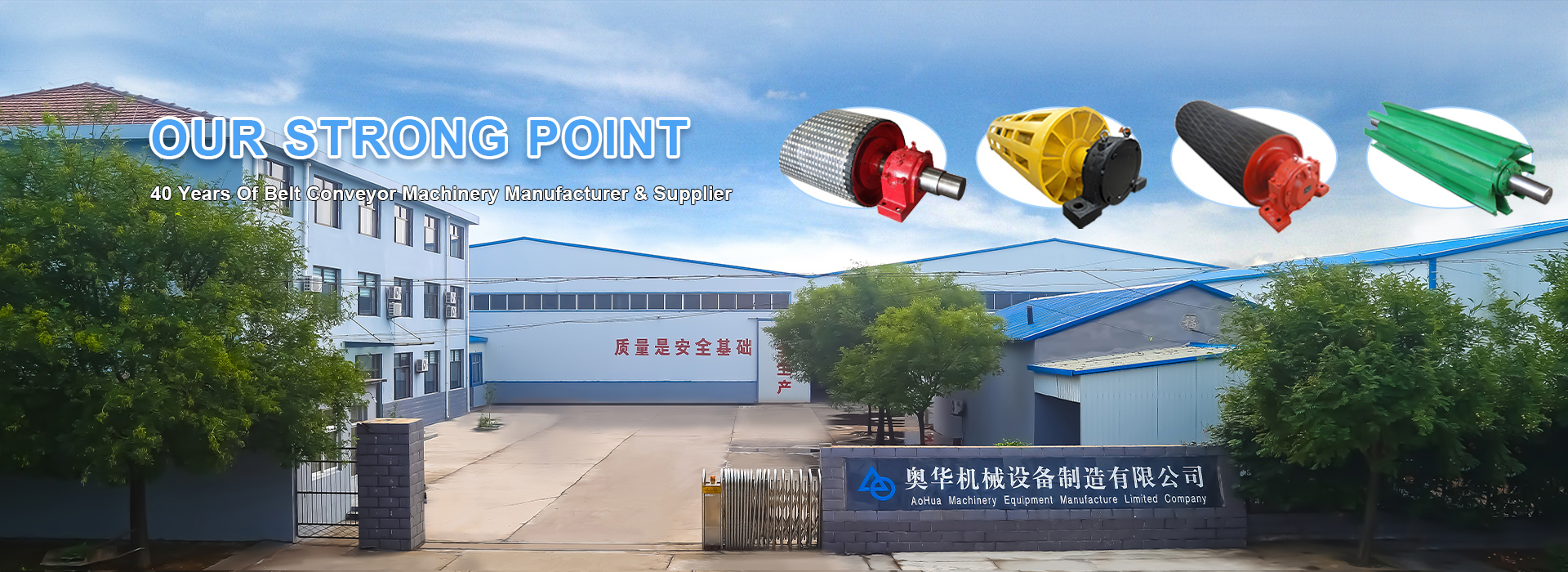 Afrikaans
Afrikaans  Albanian
Albanian  Amharic
Amharic  Arabic
Arabic  Armenian
Armenian  Azerbaijani
Azerbaijani  Basque
Basque  Belarusian
Belarusian  Bengali
Bengali  Bosnian
Bosnian  Bulgarian
Bulgarian  Catalan
Catalan  Cebuano
Cebuano  Corsican
Corsican  Croatian
Croatian  Czech
Czech  Danish
Danish  Dutch
Dutch  English
English  Esperanto
Esperanto  Estonian
Estonian  Finnish
Finnish  French
French  Frisian
Frisian  Galician
Galician  Georgian
Georgian  German
German  Greek
Greek  Gujarati
Gujarati  Haitian Creole
Haitian Creole  hausa
hausa  hawaiian
hawaiian  Hebrew
Hebrew  Hindi
Hindi  Miao
Miao  Hungarian
Hungarian  Icelandic
Icelandic  igbo
igbo  Indonesian
Indonesian  irish
irish  Italian
Italian  Japanese
Japanese  Javanese
Javanese  Kannada
Kannada  kazakh
kazakh  Khmer
Khmer  Rwandese
Rwandese  Korean
Korean  Kurdish
Kurdish  Kyrgyz
Kyrgyz  Lao
Lao  Latin
Latin  Latvian
Latvian  Lithuanian
Lithuanian  Luxembourgish
Luxembourgish  Macedonian
Macedonian  Malgashi
Malgashi  Malay
Malay  Malayalam
Malayalam  Maltese
Maltese  Maori
Maori  Marathi
Marathi  Mongolian
Mongolian  Myanmar
Myanmar  Nepali
Nepali  Norwegian
Norwegian  Norwegian
Norwegian  Occitan
Occitan  Pashto
Pashto  Persian
Persian  Polish
Polish  Portuguese
Portuguese  Punjabi
Punjabi  Romanian
Romanian  Russian
Russian  Samoan
Samoan  Scottish Gaelic
Scottish Gaelic  Serbian
Serbian  Sesotho
Sesotho  Shona
Shona  Sindhi
Sindhi  Sinhala
Sinhala  Slovak
Slovak  Slovenian
Slovenian  Somali
Somali  Spanish
Spanish  Sundanese
Sundanese  Swahili
Swahili  Swedish
Swedish  Tagalog
Tagalog  Tajik
Tajik  Tamil
Tamil  Tatar
Tatar  Telugu
Telugu  Thai
Thai  Turkish
Turkish  Turkmen
Turkmen  Ukrainian
Ukrainian  Urdu
Urdu  Uighur
Uighur  Uzbek
Uzbek  Vietnamese
Vietnamese  Welsh
Welsh  Bantu
Bantu  Yiddish
Yiddish  Yoruba
Yoruba  Zulu
Zulu head and tail pulley
Understanding Head and Tail Pulleys Key Components in Conveyor Systems
In modern industries, efficient material handling is crucial for maintaining productivity and reducing operational costs. Among the various systems employed for transporting materials, belt conveyor systems stand out for their versatility and effectiveness. At the heart of these systems are the head and tail pulleys, essential components that facilitate the movement of conveyor belts. This article explores the functions, designs, and importance of head and tail pulleys in conveyor systems.
What are Head and Tail Pulleys?
In a conveyor belt system, pulleys are cylindrical devices that facilitate the movement of the belt. The head pulley is located at the discharge end of the conveyor, while the tail pulley is at the loading end. Both pulleys work together to ensure that the belt moves smoothly over a predetermined path.
The head pulley is typically powered, meaning it drives the belt forward when the motor turns it. As the belt runs over the head pulley, material carried by the belt is discharged into chutes or onto another conveyor system. In contrast, the tail pulley serves as a tensioning device. It ensures that the conveyor belt remains taut, preventing sagging that could lead to misalignment or wear.
Design Considerations
The design of head and tail pulleys is crucial for their effective operation. Key factors to consider include
1. Diameter and Width The diameter and width of the pulleys must match the belt size and the intended load. A larger diameter pulley can help reduce belt wear, while the width affects the load-carrying capacity.
2. Material Pulleys are commonly made of steel or aluminum, with protective coatings to resist corrosion. The choice of material depends on the application and the environment in which the conveyor system operates.
3. Grooving Many head pulleys feature grooves to enhance traction between the belt and the pulley. This design helps prevent slippage, ensuring efficient material transfer.
4. Tensioning Systems Tail pulleys often incorporate adjustable tensioning systems, allowing operators to maintain optimal tension on the belt. Proper tensioning is vital to prolonging the lifespan of both the belt and the pulleys.
head and tail pulley

Importance in Conveyor Systems
Head and tail pulleys are vital for several reasons
1. Operational Efficiency By driving the belt and providing tension, these pulleys enable the efficient movement of materials. This efficiency translates into increased productivity and lower processing times.
2. Equipment Longevity Well-designed head and tail pulleys reduce wear and tear on the conveyor system. Properly maintained pulleys can significantly extend the life of the belt and the overall system.
3. Safety A well-functioning conveyor system minimizes the risk of accidents. Misaligned belts can lead to hazardous situations, but correctly set head and tail pulleys promote smooth and predictable belt movement.
4. Adaptability Head and tail pulleys can be designed for various applications, making them versatile for different industries. Whether in mining, manufacturing, or food processing, these pulleys can be tailored to meet specific operational needs.
Maintenance Considerations
Regular maintenance of head and tail pulleys is essential to ensure their optimal performance. This includes checking for wear and misalignment, ensuring proper tensioning, and inspecting the bearings for smooth operation. Routine maintenance helps prevent unexpected breakdowns and costly repairs.
Conclusion
Head and tail pulleys are indispensable components of conveyor systems, playing pivotal roles in the transport of materials across various industrial applications. Understanding their design, importance, and maintenance needs can help organizations maximize efficiency and safety in their operations. Investing in high-quality pulleys and adhering to maintenance best practices ensure a smoother, more reliable conveyor system, ultimately leading to enhanced productivity and reduced operational costs. As industries continue to evolve, the significance of effective material handling solutions like head and tail pulleys will only grow, underscoring their critical role in modern manufacturing and logistics.
-
Revolutionizing Conveyor Reliability with Advanced Rubber Lagging PulleysNewsJul.22,2025
-
Powering Precision and Durability with Expert Manufacturers of Conveyor ComponentsNewsJul.22,2025
-
Optimizing Conveyor Systems with Advanced Conveyor AccessoriesNewsJul.22,2025
-
Maximize Conveyor Efficiency with Quality Conveyor Idler PulleysNewsJul.22,2025
-
Future-Proof Your Conveyor System with High-Performance Polyurethane RollerNewsJul.22,2025
-
Driving Efficiency Forward with Quality Idlers and RollersNewsJul.22,2025





























